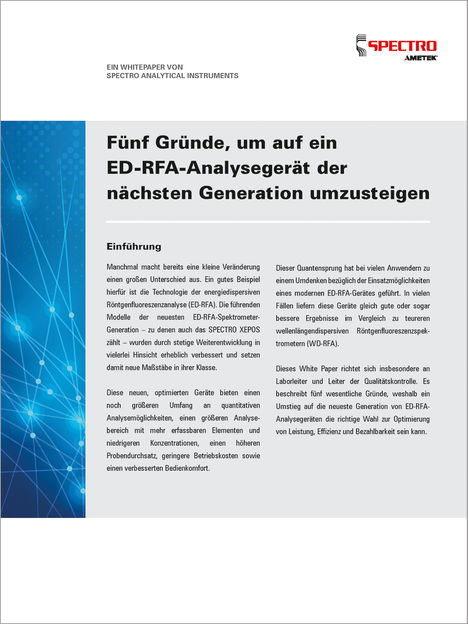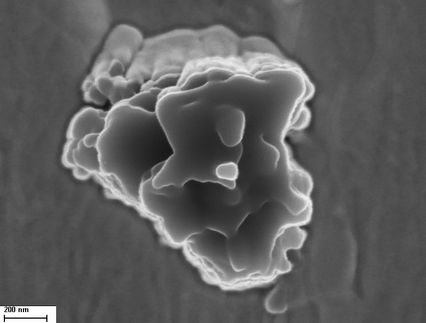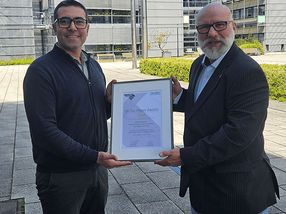Heaviest tin isotopes provide insights into element synthesis
An international team of researchers, led by scientists of GSI/FAIR in Darmstadt, Germany, has studied r-process nucleosynthesis in measurements conducted at the Canadian research center TRIUMF in Vancouver. At the center of this work are the first mass measurements of three extremely neutron-rich tin isotopes: tin-136, tin-137 and tin-138. The results are published in the journal Physical Review Letters.

Dr. Ali Mollaebrahimi inspects the MR-TOF-MS setup at TRIUMF in Canada
© Coulter Walls
The high-precision measurements, combined with nucleosynthesis network calculations, help to better understand how heavy elements are formed in the universe, especially through the rapid neutron capture process (the r-process) occurring in neutron star mergers. The data reveal the neutron separation energy, which defines the path of the r-process on the nuclear chart. The study found unexpected changes in the behavior of tin nuclei beyond the magic neutron number N=82, specifically, a reduction in the pairing effect of the last two neutrons.
“These changes could affect the r-process path on the nuclear chart at large and even alter where the limit of stability in this region of the chart of nuclides lies. Combining these mass measurements, with new isotope production capabilities and cutting-edge theoretical calculations, this work improves our understanding of nuclear forces far away from the valley of stability,” explains Dr. Ali Mollaebrahimi, first author of the publication and spokesperson of the experiment. He has recently been appointed as a FAIR Fellow in the GSI/FAIR department “FRS/Super-FRS Experiments” and works closely with the departments “Nuclear Structure and Astrophysics”, as well as the IONAS group at Justus Liebig University (JLU) Giessen.
A multiple-reflection time-of-flight mass spectrometer (MR-TOF-MS)— developed by researchers from the IONAS group and GSI/FAIR and tailored to the specific opportunities of the TITAN facility at TRIUMF — plays a key role in the successful measurements, as well as the secondary beams that are available at TRIUMF, which provide the highest yields of exotic isotopes. A new type of reaction target was also employed.
“This achievement marks a significant milestone made possible through long-term collaboration among scientists from several research groups in Germany and Canada,” says Dr. Timo Dickel, head of the GSI/FAIR research group “Thermalized exotic nuclei” that also Mollaebrahimi belongs to. “The MR-TOF-MS was installed and commissioned in Canada for the first experiments in 2017. In this year alone, the successful collaboration resulted in two more high-level publications on element synthesis and nuclear structure. In the past, the mass spectrometer allowed for the discovery of the isotope ytterbium-150, marking the first isotope discovery with an MR-TOF-MS.”
The results reported in the publication mark an important contribution to the FAIR Phase 0 activities, where young researchers are trained with the future tools for experiments of the MATS and Super-FRS Experiment collaborations at the FAIR facility.
Original publication
Most read news
Original publication
A. Mollaebrahimi, C. Walls, T. Dickel, T. Miyagi, A. Sieverding, C. Andreoiu, J. Ash, B. Ashrafkhani, ...; "Precision Mass Measurements Reveal Low Neutron Pairing in Tin beyond N=82 and Its Impact on Stellar Nucleosynthesis"; Physical Review Letters, Volume 134, 2025-6-10
Organizations
Other news from the department science

Get the chemical industry in your inbox
By submitting this form you agree that LUMITOS AG will send you the newsletter(s) selected above by email. Your data will not be passed on to third parties. Your data will be stored and processed in accordance with our data protection regulations. LUMITOS may contact you by email for the purpose of advertising or market and opinion surveys. You can revoke your consent at any time without giving reasons to LUMITOS AG, Ernst-Augustin-Str. 2, 12489 Berlin, Germany or by e-mail at revoke@lumitos.com with effect for the future. In addition, each email contains a link to unsubscribe from the corresponding newsletter.
Most read news
More news from our other portals
Last viewed contents
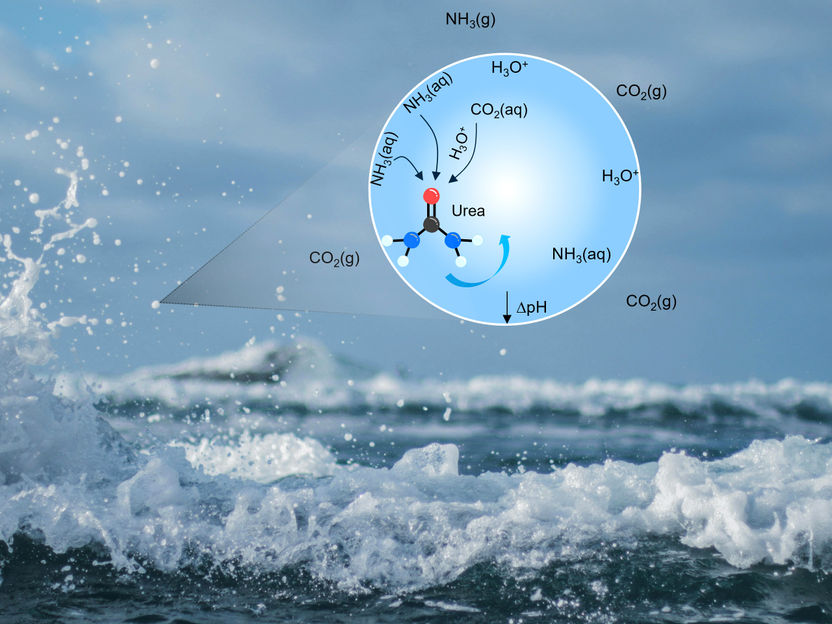
How urea forms spontaneously - New reaction discovered: Potential for sustainable and low-energy urea synthesis

Small but Mighty: Miniaturized Hydrogen Production - “We asked the biologically somewhat crazy question of whether we can’t just find a shortcut and let ferredoxin produce hydrogen”
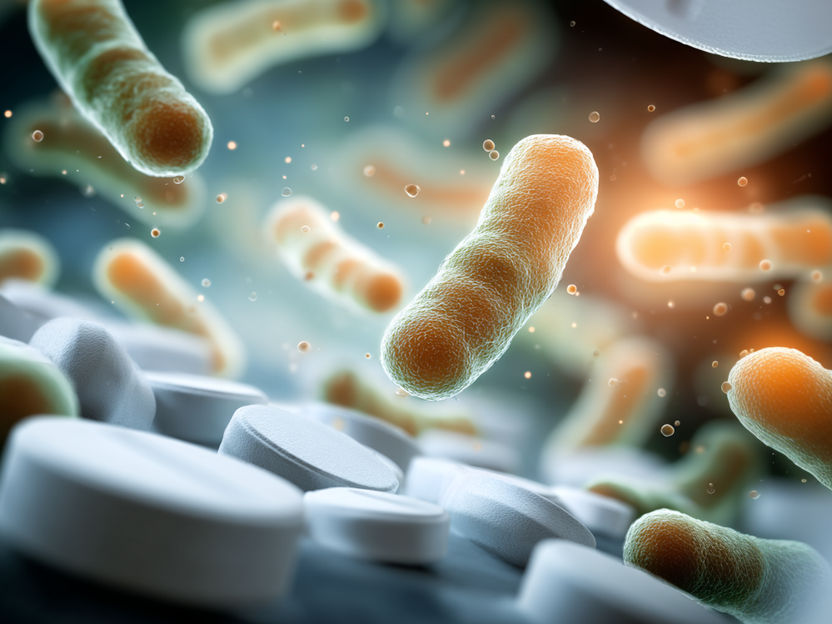
Microbes transform plastic waste into paracetamol - How traditional chemistry can work with engineering biology to create sustainable chemical-producing living microbial factories

PFAS: A novel path to breaking down “forever chemicals” - A new catalyst capable of cleaving strong carbon-fluorine bonds has been developed – potential use in pharmaceutical production

Chemists produce hexa-nitrogen for the first time - the most energy-rich substance ever formed - "...a huge advance in nitrogen chemistry": future application as environmentally friendly energy storage conceivable

Selective and reversible adsorption of gases - Things are much better under tension
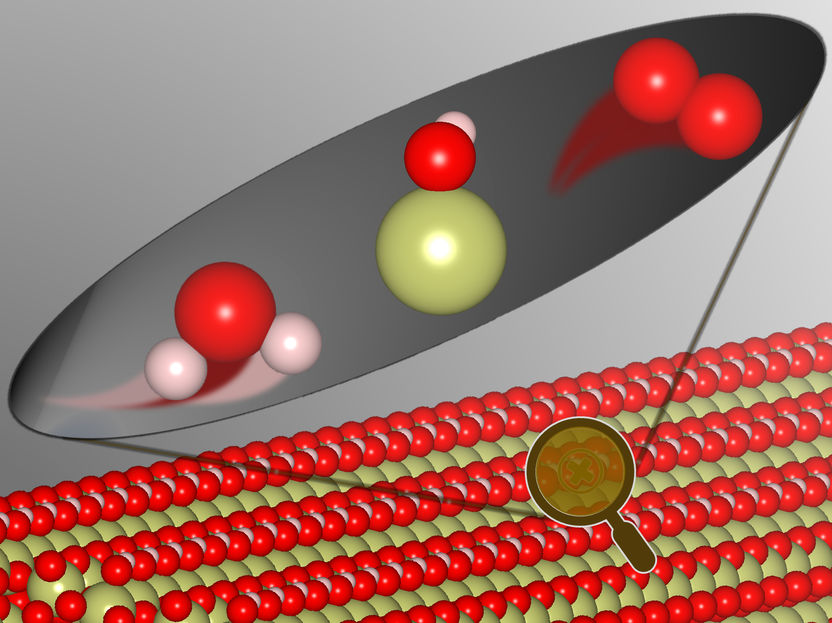
New Dynamics Discovered in Heterogeneous Catalysis - Researchers have shown that solid catalysts can sometimes behave differently than previously assumed during hydrogen production

Advanced Dilution System ADS 2 | Automatic diluters | Agilent Technologies
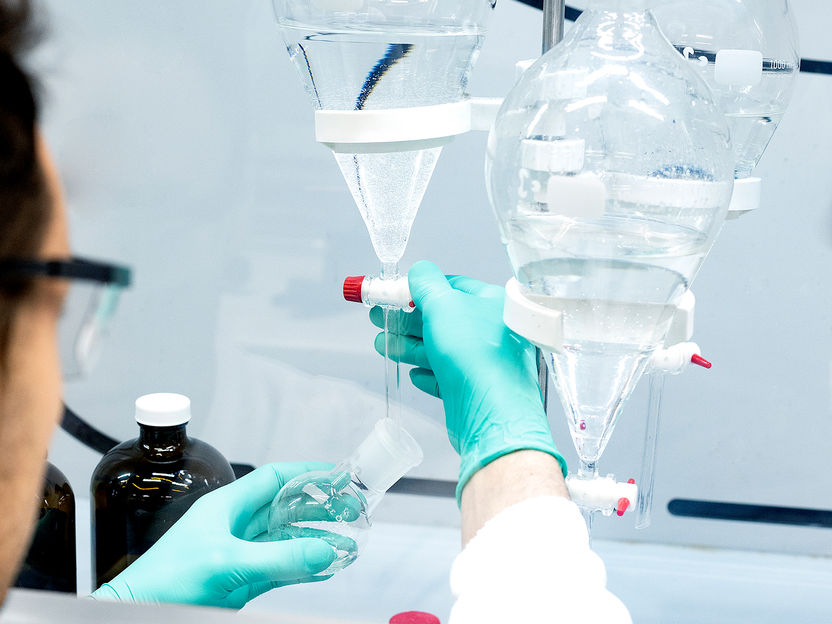
PFAS Regulations and Strategies for Compliance - Download our white paper to learn more about supply chain challenges and opportunities
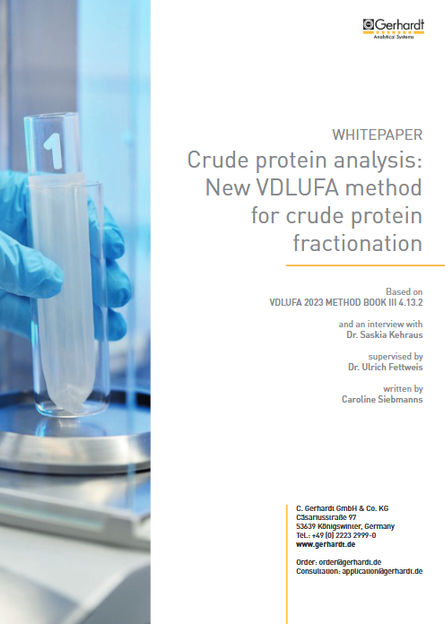
Crude protein fractionation in animal feed according to VDLUFA - Fractionation of crude protein to provide a basis for crude protein evaluation in feed analyses
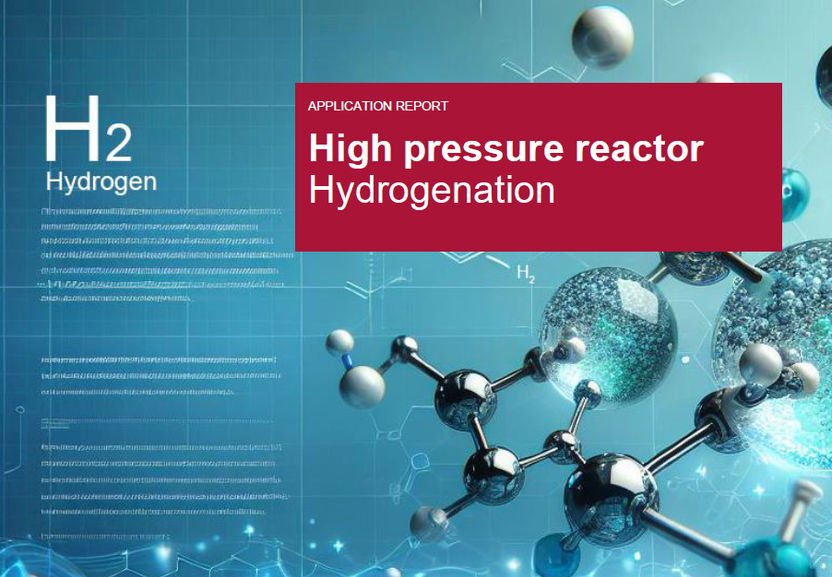
Learn how high-pressure reactors for efficient hydrogenation work! - Hydrogenation in high-pressure reactors - basics and safety
